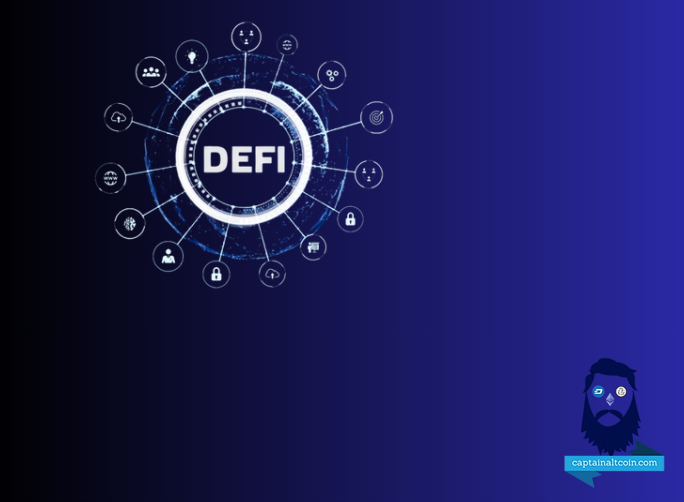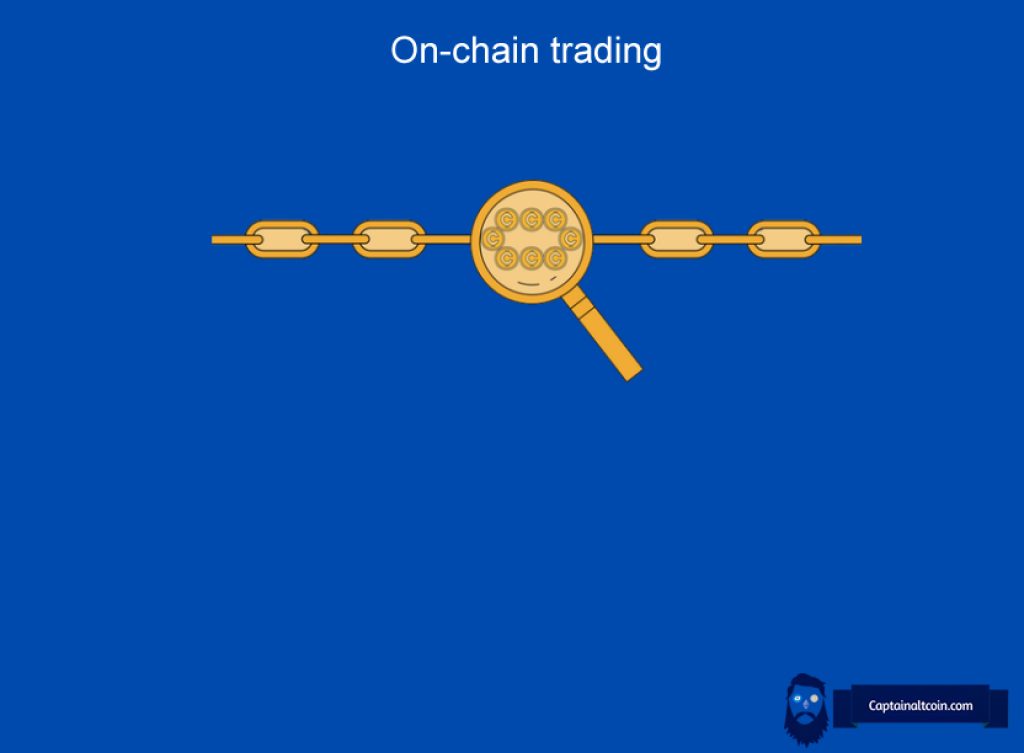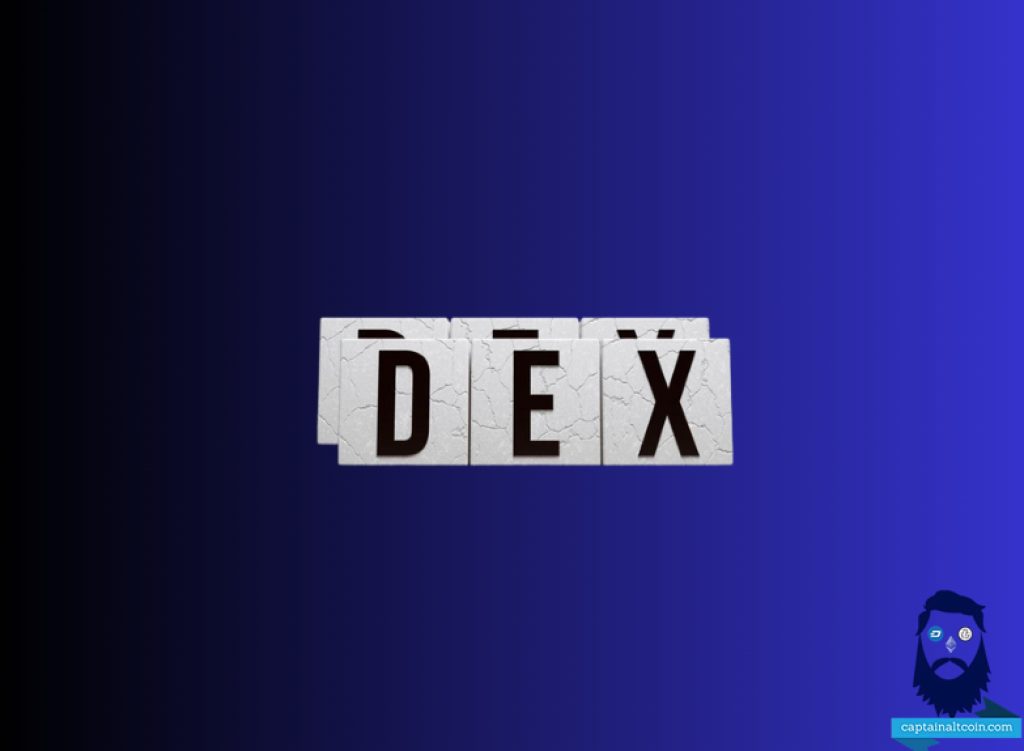DeFi – Reshaping the future of finance with the power of Blockchain
[gpt3]rewrite

Decentralized Finance (DeFi) is reshaping the financial landscape by giving individuals direct access to financial services without intermediaries. This article explores the transformative power of DeFi, highlighting key aspects such as smart contracts, automated market makers (AMM), yield farming, challenges and the future of finance.
DeFi democratizes financial services by leveraging blockchain technology to eliminate the need for traditional banks. Smart contracts, self-executing agreements coded on the blockchain, enable a wide range of innovative financial services without intermediaries. This includes lending, borrowing, decentralized exchanges and yield farming.
AMMs, a crucial component of DeFi, provides liquidity to decentralized exchanges by algorithmically determining token prices. This eliminates reliance on traditional order books and promotes continuous trading without centralized intermediaries.
Crop farming has become popular in DeFi, enabling users to earn passive income by lending or staking their assets in liquidity pools. However, it is important to consider associated risks and carefully select projects before participating. Despite its potential, DeFi faces challenges in scalability, security, regulatory frameworks and user experience. Collaborative efforts from developers, regulators and industry players are essential to building a robust and sustainable DeFi ecosystem.
Looking ahead, DeFi has the potential to revolutionize the financial landscape globally. By providing transparent and secure access to financial services, regardless of location or economic status, DeFi promotes financial inclusion and innovation. The future of finance is decentralized, where individuals have control over their funds and can participate in a transparent and inclusive financial ecosystem.
On-chain trading is another important category within decentralized finance (DeFi). It involves the direct exchange of cryptocurrencies between traders without the need for intermediaries such as banks or brokers. To facilitate this type of trading, decentralized exchanges (DEX) play a crucial role. Well-known examples of DEXs include Uniswap and Sushiswap, both of which operate on the Ethereum blockchain. These DEXs use smart contracts to determine prices and execute trades, settling transactions directly on the blockchain.

DEXs use two types of order books: on-chain and off-chain. On-chain order books maintain a comprehensive record of all orders and require miners to confirm each transaction. In contrast, off-chain order books store transaction records in a centralized entity and use relayers to manage these books, making them somewhat decentralized.
Within DEXs, perpetual DEXs offer traders the ability to retain control of their private keys while engaging in trading activities. This feature improves security, reduces fees and provides greater autonomy for individual traders. However, decentralized protocols for perpetual contract trading face challenges such as significant slippage, high costs, and limited tool support. To solve these problems, platforms like Palmswap have emerged as decentralized trading protocols for perpetual contracts. Palmswap utilizes a proprietary pricing model called dvAMM and is built on the Binance Smart Chain.

In summary, chain trading represents a decentralized approach to trading carried out on blockchains through the use of DEXs, smart contracts and order books. Perpetual DEXs offer increased security, reduced fees and increased control for traders. However, they face challenges such as high slippage and costs, which can be reduced by adopting specialized pricing models and using foundations such as the Binance Smart Chain.


CaptainAltcoin’s writers and guest post authors may or may not have a vested interest in any of the projects and businesses mentioned. None of the content on CaptainAltcoin is investment advice nor is it a substitute for the advice of a certified financial planner. The views expressed in this article are those of the author and do not necessarily reflect the official policy or position of CaptainAltcoin.com


